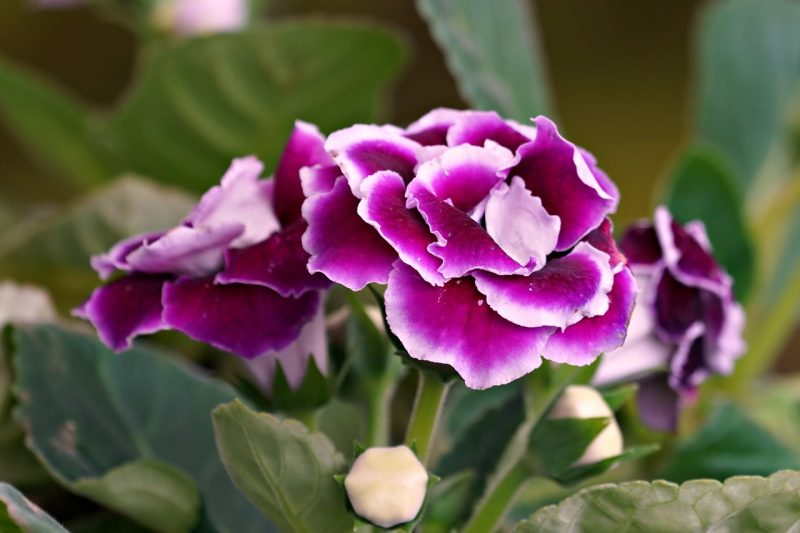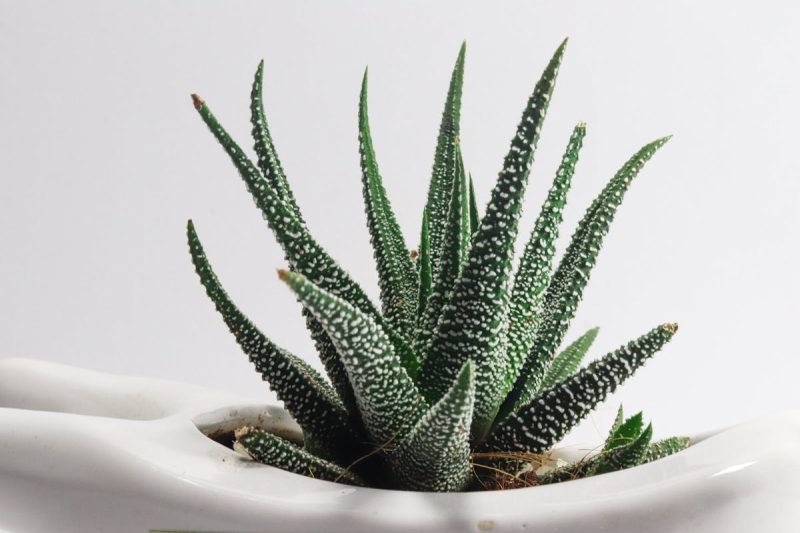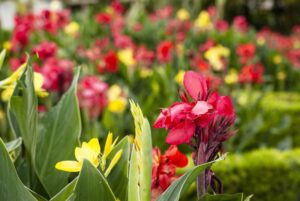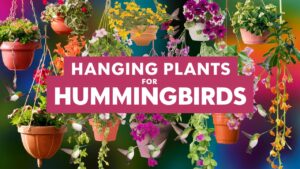When creating a cozy home, incorporating greenery can significantly enhance the aesthetic and improve air quality. However, for pet owners, it’s essential to select houseplants that are safe for furry companions. On this page, you’ll find pet-friendly indoor plants that not only beautify your living space but also create a safe environment for your pets.
Boston Fern (Nephrolepis)
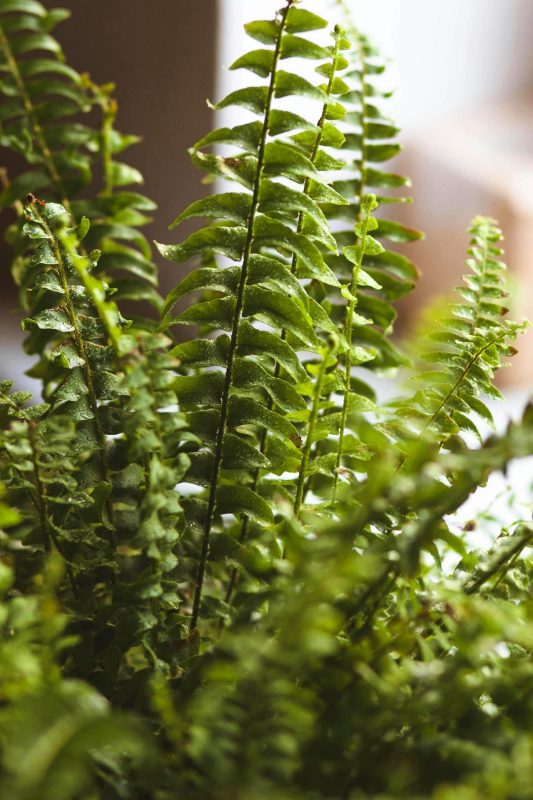
The Boston Fern is an exceptionally lush and vibrant plant that thrives in humid environments, making it a popular choice for bathrooms or kitchens. With its delicate, feathery fronds, it adds a touch of elegance and a refreshing green hue to any room. One of the most appealing traits of the Boston Fern is its safety for pets. Unlike many indoor plants, the Boston Fern is non-toxic to cats and dogs, providing peace of mind for pet owners who want to enjoy plant life without fear of harming their beloved animals.
Boston Ferns prefer indirect light and require consistent moisture to maintain their lush appearance. By misting the leaves regularly or placing the pot on a pebble tray with water, you can create the tenacious humidity these plants crave. They also help improve indoor air quality by filtering out toxins, making them an excellent choice for health-conscious households. Whether you hang it up or place it on a stand, this delightful fern brings a lively presence to any room.
African Violet (Saintpaulia)
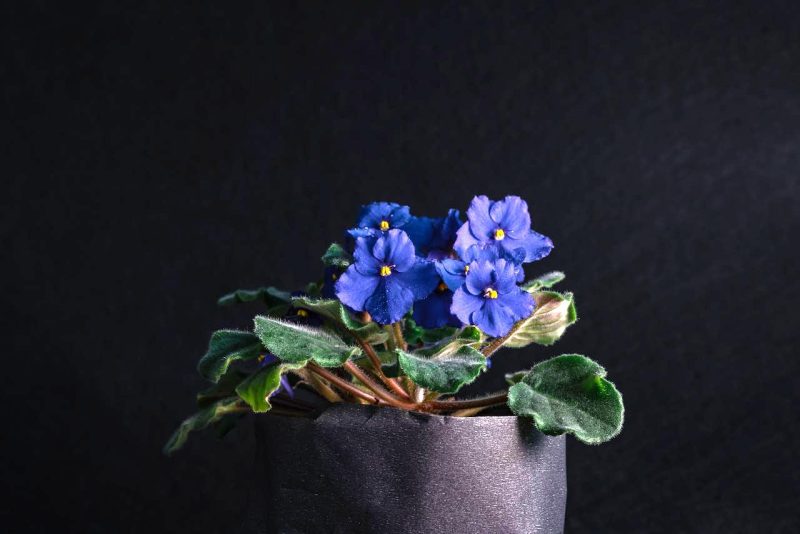
African Violets are a charming option for indoor gardeners who want to add a splash of color to their homes while keeping their pets safe. Known for their attractive, velvety leaves and stunning purple, pink, or white flowers, these plants can bloom year-round when given the proper care. African Violets are non-toxic to cats and dogs, making them a great choice for households with curious pets that may be tempted to nibble on the greenery.
These plants thrive in bright, indirect sunlight and prefer consistent moisture levels. One helpful tip for caring for African Violets is to water them from the bottom to avoid getting the leaves wet, which can lead to leaf spots or rot. With their compact size and enchanting blossoms, African Violets are perfect for tabletops or windowsills, where they can brighten any space. Their delightful floral display will not only elevate your interior décor but also ensure your furry friends can coexist safely with your botanical companions.
Spider Plant
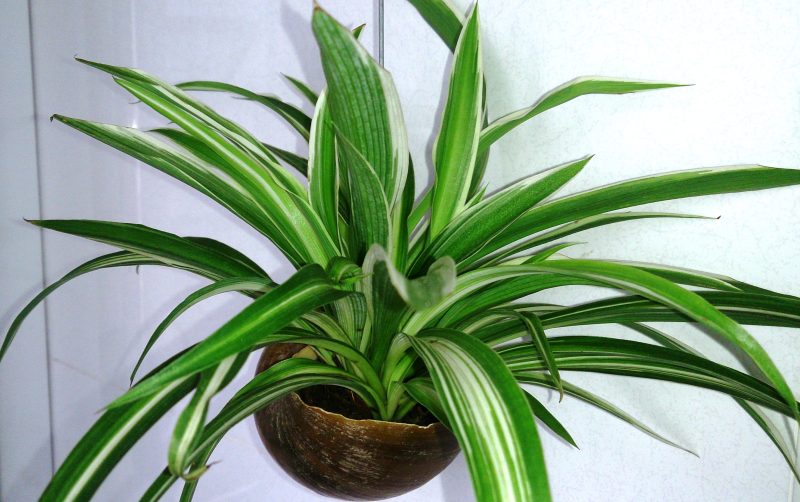
The Spider Plant (Chlorophytum comosum) is often heralded as one of the easiest houseplants to care for, making it an ideal choice for novice plant lovers and busy pet owners alike. This resilient plant features arching green and white-striped leaves, giving it a jaunty and stylish appearance. One standout feature of the Spider Plant is its safety for pets; it is non-toxic to cats and dogs, allowing your furry friends to roam freely around it without any risk.
Spider Plants are incredibly adaptable and can thrive under various light conditions, though they prefer bright, indirect light. They are particularly forgiving if you occasionally forget to water them, as they can tolerate periods of drought. A unique aspect of this plant is its ability to produce “pups,” or small offshoots, that dangle from the mother plant. These pups can be propagated to create new plants, making the Spider Plant an excellent, economical choice for expanding your indoor garden. With its air-purifying properties and vibrant appearance, it’s no wonder why this plant is a favorite among pet parents.
Baby’s Tears (Soleirolia soleirolii)
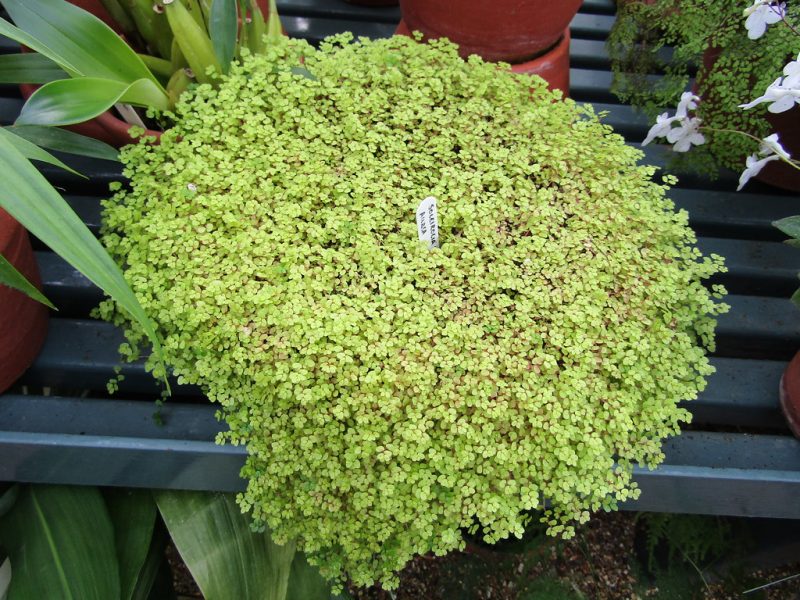
Baby’s Tears is a delightful, ground-hugging plant that brings a soft, lush feel to your indoor spaces. With its tiny, round leaves that create dense mats, this plant is perfect for hanging baskets or as a carpet plant in pots. Not only does Baby’s Tears thrive in humid environments, making it ideal for kitchens and bathrooms, but it’s also non-toxic to pets, allowing your furry companions to explore without worry.
This charming plant enjoys bright, indirect light but can also do well in partial shade, making it versatile for various locations in your home. Baby’s Tears prefer consistently moist soil, so regular watering is essential to keep its vibrant green appearance. One of the most endearing aspects of this plant is its ability to propagate easily; simply snip off a healthy piece and plant it to create new growth. The cascading tendrils of Baby’s Tears create a whimsical aesthetic in any room, providing a safe and beautiful option for those with curious pets.
Chinese Money Plant (Pilea peperomioides)
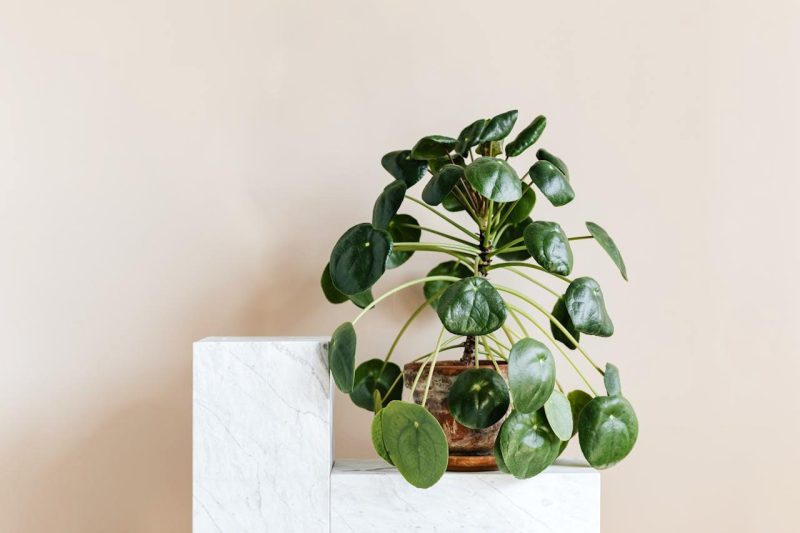
The Chinese Money Plant, also known as the Pancake Plant or Missionary Plant, has recently surged in popularity due to its striking appearance and symbol of good fortune. The round, flat leaves resemble pancakes, giving it a unique look that adds a touch of modern flair to your decor. Best of all, this plant is non-toxic and safe for pets, ensuring a worry-free environment for your four-legged friends.
Pilea enjoys bright, indirect light and is relatively easy to care for, making it an excellent choice for beginner plant enthusiasts. They prefer their soil to dry out slightly between waterings, so a good rule of thumb is to check the top inch of the soil before adding water. This plant can also produce offsets or “pups,” which can be easily propagated by separating them from the mother plant and re-potting. Adding a Chinese Money Plant to your collection not only beautifies your home but also brings the added benefit of enhancing your space with positive energy and charm, all while keeping your pets safe.
Watermelon Peperomia
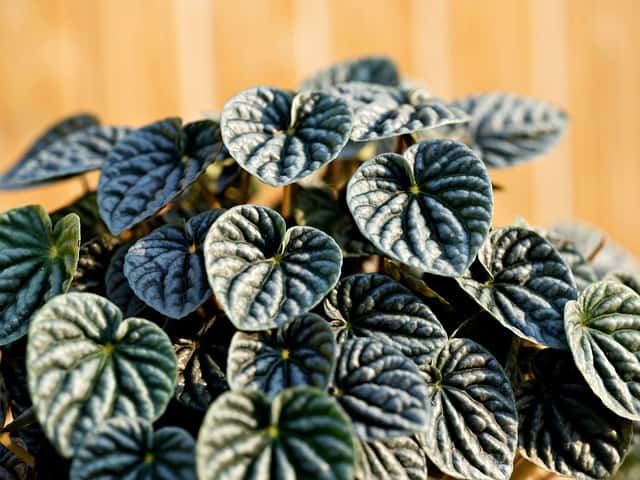
The Watermelon Peperomia (Peperomia argyreia) is a true showstopper, prized for its striking leaf patterns and compact shape. With its broad, oval leaves that feature silvery-green stripes resembling the skin of a watermelon, this plant is both visually captivating and entirely pet-friendly. Its non-toxic nature ensures that you can have this stunning plant in your home without fearing for your pets’ safety.
This Peperomia species thrives in bright, indirect light but is also adaptable to lower light conditions, making it suitable for various indoor settings. Watermelon Peperomia enjoys to dry out between waterings, which prevents overwatering—a common mistake with houseplants. They are also relatively low maintenance and can tolerate dry air, making them ideal for busy households or those in less humid climates.
Moreover, the Watermelon Peperomia not only adds charm to your collection, but it also has air-purifying qualities that enhance the overall atmosphere of your home. With its distinctive appearance and pet-friendly nature, this plant serves as an eye-catching centerpiece or a delightful accent in any room.
Echeveria (Echeveria spp.)
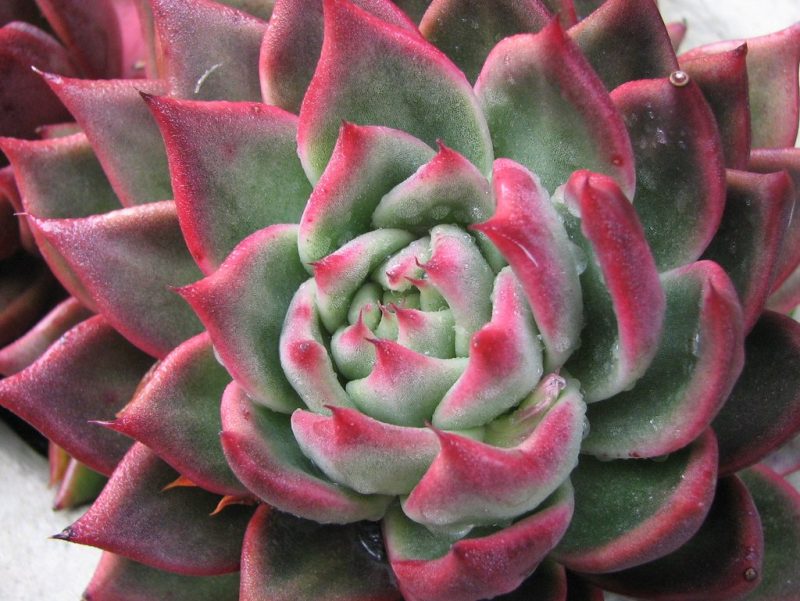
Echeveria, with its captivating rosette shape and diverse colors, has become a favored option for succulent enthusiasts. These charming plants come in a variety of species, boasting leaves that can range from deep greens to stunning shades of pink, gray, and even lavender. As a bonus, Echeveria is completely safe for pets, making it ideal for households with cats or dogs who might be tempted to nibble on houseplants.
Echeveria thrives in bright light, particularly in full sun, which helps to maintain their vibrant colors and compact growth. As a succulent, they require well-draining soil, so consider using a cactus mix or mixing regular potting soil with sand or perlite. Watering should be minimal; allow the soil to dry out between waterings to prevent overwatering, which can lead to rot. Their low-maintenance nature and captivating aesthetics make Echeveria a delightful addition to any collection, and their pet-friendly status allows them to be enjoyed without the worry of toxicity.
Gloxinia (Sinningia speciosa)
Gloxinia is a showy blooming plant that brings stunning flowers to indoor spaces, producing velvety, bell-shaped blooms in rich colors like red, purple, and pink. Known for their exquisite beauty, Gloxinias are cherished by plant lovers and pose no danger to pets, as they are entirely non-toxic. This makes them a magnificent choice for pet owners looking to add a splash of color to their homes.
To cultivate Gloxinia successfully, they thrive in bright, indirect light, which promotes healthy leaf and flower growth. They require consistently moist soil during their growing season, but it’s important to avoid getting water on the leaves to prevent fungal issues. As they bloom, Gloxinia can become a stunning centerpiece in your home, capturing attention with their vibrant flowers. Additionally, once they finish blooming, they can enter a dormant phase, during which watering should be reduced significantly. Caring for Gloxinia not only allows you to enjoy their dramatic floral displays but also ensures your home remains safe for your beloved pets.
Cast Iron Plant (Aspidistra elatior)
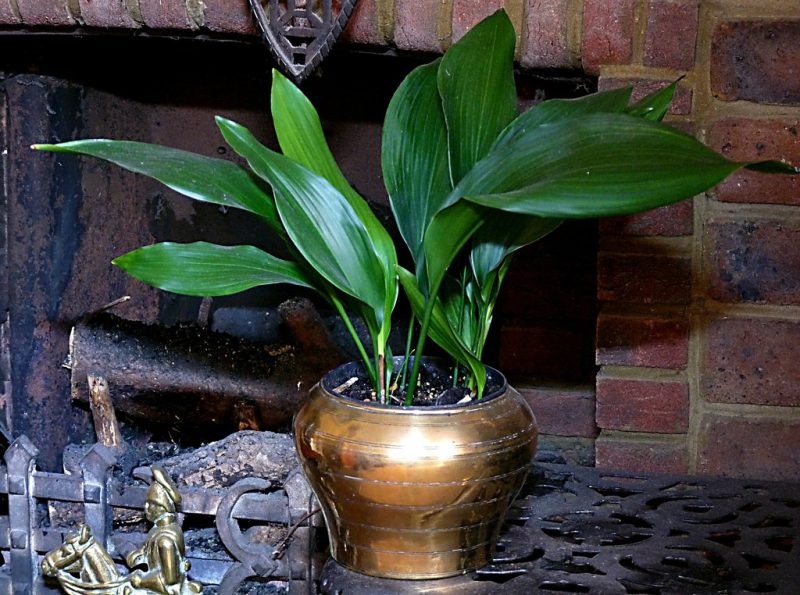
The Cast Iron Plant is aptly named for its resilience and ability to thrive in challenging conditions, including low light and neglect. This tough, evergreen plant features broad, dark green leaves that add a touch of elegance to any room. For pet owners, the Cast Iron Plant is a fantastic choice—it’s non-toxic, making it safe for both cats and dogs who may be tempted to investigate its attractive foliage.
Caring for the Cast Iron Plant is a breeze. It flourishes in low to moderate light and can tolerate infrequent watering, making it perfect for busy individuals or those new to plant care. This plant actually benefits from a little neglect, as overwatering can lead to root rot. Additionally, the Cast Iron Plant can adapt to a range of indoor conditions, from dry air to occasional drafts, making it one of the most versatile houseplants available. With its rugged charm and pet-friendly nature, it’s an excellent addition to any indoor garden.
Fishbone Cactus (Epiphylum anguliger)
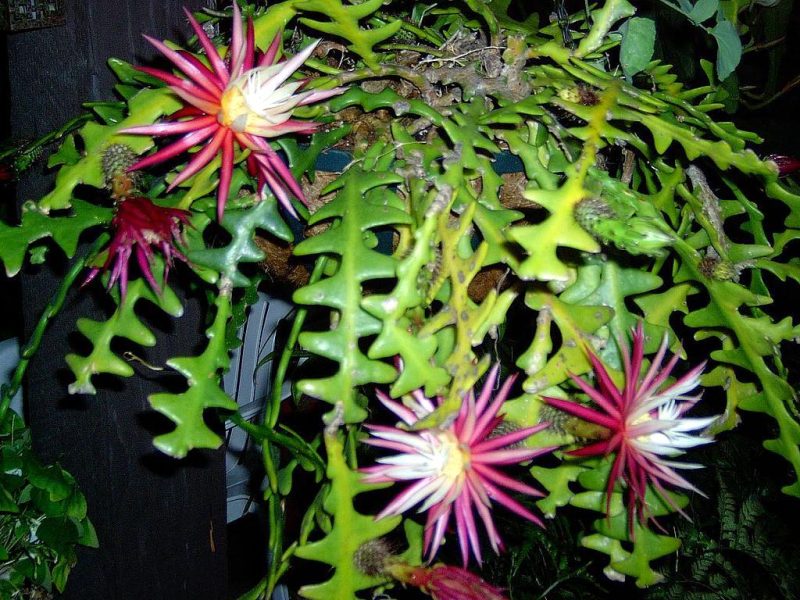
The Fishbone Cactus is an eye-catching, unique succulent with a distinctive zig-zag growth pattern resembling fish bones. Its arching stems are adorned with small, spiky leaves that add a textural element to your plant collection. This captivating species is also safe for pets, so you can enjoy its quirky appearance without concern for your feline or canine companions.
Unlike many cacti, the Fishbone Cactus prefers brighter, indirect light rather than intense direct sunlight, making it suitable for indoor environments. It enjoys moist soil but requires good drainage to prevent rot; let the top inch of the soil dry out between waterings. One of the exciting features of the Fishbone Cactus is its potential to produce gorgeous blooms, particularly when given the right care and environment. These blooms typically appear in the summer, adding bursts of color to your home. With its remarkable shape and pet-friendly status, the Fishbone Cactus will undoubtedly become a conversational piece in your indoor garden.
Venus Fly Trap (Dionaea muscipula)
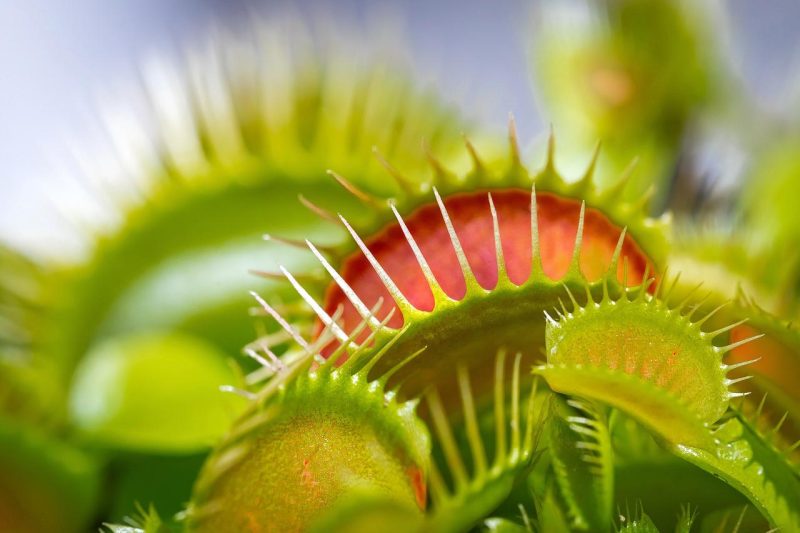
The Venus Fly Trap is a fascinating choice for pet owners looking for something truly unique. Renowned for its carnivorous eating habits, this plant captures insects using its specialized trap-like leaves. While it might sound intimidating, the Venus Fly Trap is completely safe for pets, making it an intriguing addition to your plant collection.
These plants thrive in bright light, ideally receiving at least 12 hours of sunlight daily. In terms of watering, they prefer distilled water or rainwater, as tap water can often contain chemicals that harm them. The Venus Fly Trap enjoys a humid environment and well-draining sphagnum moss or a mix of peat and perlite works wonderfully to support its growth. During its growing season (spring and summer), it can be an entertaining and educational houseplant. Its unique nature can intrigue both kids and adults alike, as you witness the fascinating process of how it catches and digests prey. The Venus Fly Trap’s quirky personality and pet safety make it a fantastic choice for adventurous plant lovers.
Areca Palm (Dypsis lutescens)
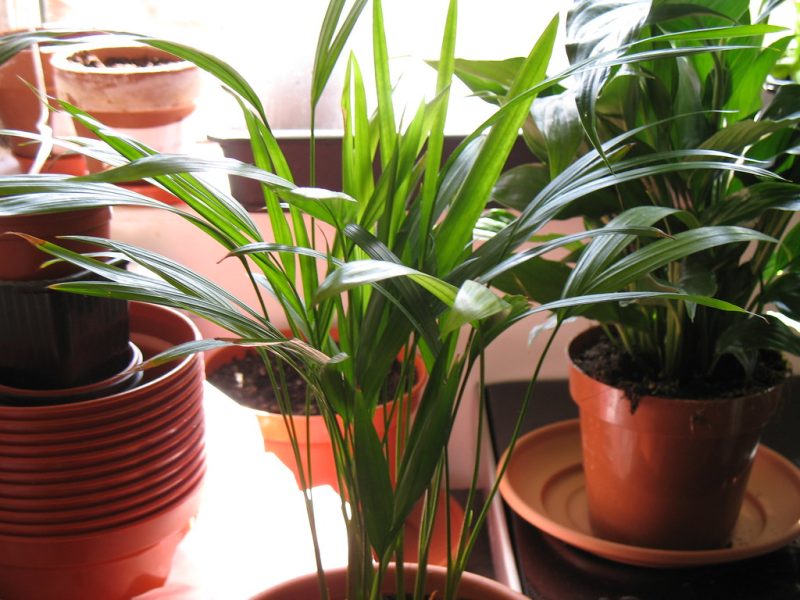
The Areca Palm is a stunning tropical plant that can transform any room into a lush paradise. With its graceful, arching fronds and feathery appearance, this palm adds a refreshing touch of greenery to your indoor environment. Best of all, the Areca Palm is non-toxic to pets, making it a worry-free option for pet owners who want to elevate their home decor with a vibrant plant.
Areca Palms thrive in bright, indirect light, although they can tolerate some direct sunlight. They prefer consistently moist soil, so regular watering is important—especially during the growing season in spring and summer. However, be cautious not to overwater, as good drainage is essential to prevent root rot. As a bonus, Areca Palms are known for their air-purifying qualities, helping to improve the indoor air quality in your home. The combination of their aesthetic appeal and health benefits makes the Areca Palm an excellent choice for anyone looking to cultivate a pet-friendly indoor garden filled with beauty and vibrancy.
Calathea (Calathea spp.)
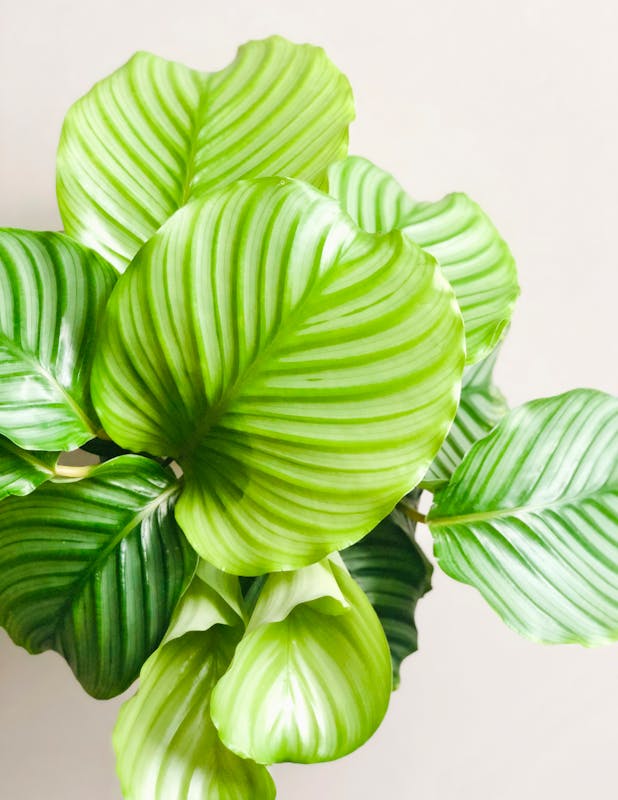
Calatheas are known for their stunning foliage, which features striking patterns and vibrant colors, earning them the nickname “Prayer Plants.” The leaves of Calathea species often display intricate designs and change orientation throughout the day, folding up in the evening and unfurling in the morning, creating a captivating visual display. Importantly, these plants are non-toxic to pets, allowing pet owners to enjoy their beauty without worry.
Calatheas thrive in bright, indirect light but can also adapt to lower light conditions, making them suitable for various indoor environments. One of the key aspects of caring for Calatheas is their preference for humidity; these tropical plants flourish in moist conditions. Regular misting or placing them in a tray with pebbles and water can help maintain the required humidity levels. Additionally, make sure to use distilled or rainwater, as tap water can lead to leaf tip burn due to its chemical content. By incorporating Calatheas into your indoor garden, you’ll not only enjoy their stunning visual appeal but also create a lush, inviting atmosphere that your pets can safely explore.
Haworthia (Haworthia spp.)
Haworthia are small, rosette-forming succulents that stand out with their striking architectural forms and unique textures. These charming plants, which often feature white, warty bumps or translucent stripes on their leaves, are not only delightful to look at but also completely safe for pets, making them ideal for homes filled with curious cats and dogs.
Haworthia thrive in bright, indirect light but can also tolerate lower light conditions, making them versatile for various spaces in your home. As low-maintenance plants, they prefer well-draining soil and require infrequent watering—allow the soil to dry out completely between waterings to avoid overhydration. This makes them a perfect choice for busy pet owners or those who may be less experienced with plant care. Additionally, their compact size allows them to fit perfectly on desks, shelves, or window sills, where they can brighten up any area.
Polka Dot Plant (Hypoestes phyllostachya)

The Polka Dot Plant is celebrated for its whimsical, colorful foliage, which features bright spots or splashes of pink, white, or red on deeply green leaves. This vibrant appearance not only adds a cheerful touch to any room but also captivates both human and animal attention. Fortunately, the Polka Dot Plant is non-toxic, making it a fantastic choice for households with pets.
Caring for a Polka Dot Plant is relatively simple, as it thrives in bright, indirect sunlight. However, it can also adapt to lower light conditions, though its vibrant colors may fade without sufficient light. Regular watering is key; the soil should be kept evenly moist but not soggy. A good practice is to water when the top inch of soil feels dry to the touch. This plant enjoys a humid environment, so consider misting it or placing it on a humidity tray to keep its leaves looking lush and vibrant. The Polka Dot Plant’s cheerful appearance and non-toxic nature make it an ideal addition to your pet-friendly indoor garden.
Air Plant (Tillandsia stricta)
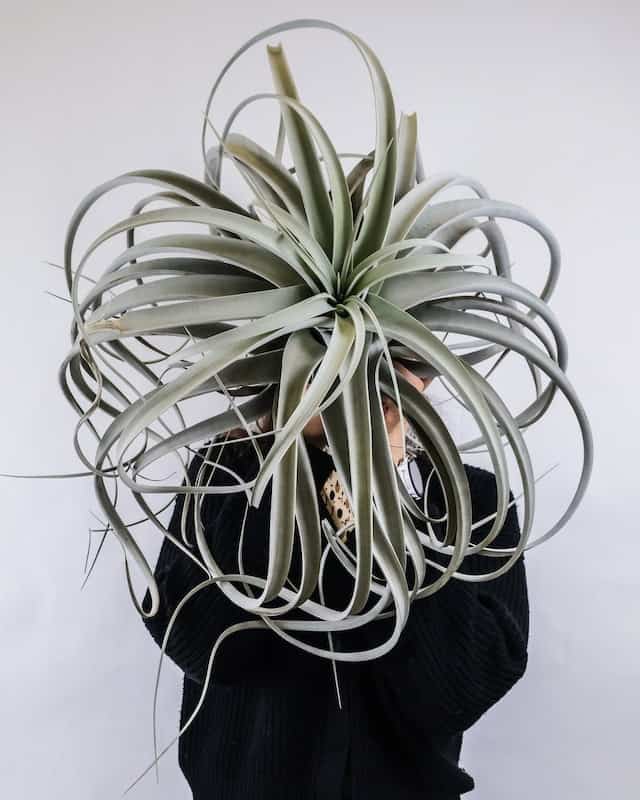
Air Plants, or Tillandsia, are unique in their growth habits, requiring no soil to thrive. Instead, they absorb moisture and nutrients through their leaves from the air, making them incredibly versatile for display. Air Plants are completely safe for pets, allowing you to incorporate them into various arrangements without concerns for animal safety.
Caring for Air Plants is simple and can be tailored to fit your lifestyle. They thrive in bright, indirect light but can also tolerate lower light levels. Watering should be done by soaking the plants in room temperature water for about 20-30 minutes once a week, allowing them to dry upside down afterward to prevent rot. Additionally, misting them every few days can help maintain the necessary humidity, especially in drier climates. Their adaptability makes Air Plants an inspirational choice for creative displays, as they can be arranged in terrariums, hanging installations, or simply placed in decorative bowls. By choosing Air Plants, you add a distinctive quality to your home while ensuring your pets remain safe.
Prayer Plant (Maranta leuconeura)
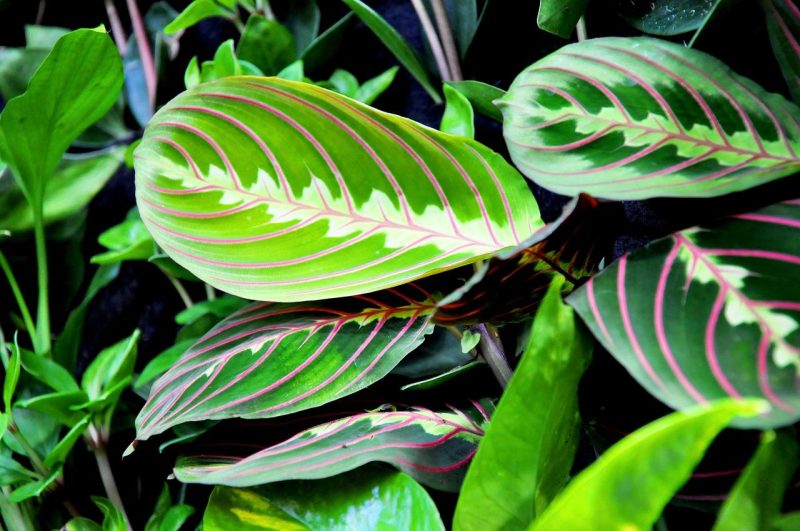
The Prayer Plant, known for its stunning foliage and unique leaf movements, is cherished by plant enthusiasts and pet owners alike. The leaves are ornately patterned and display vibrant green hues with striking red veins, making them a captivating visual element in any indoor setting. As a non-toxic houseplant, the Prayer Plant provides peace of mind for those with curious pets.
These plants prefer bright, indirect light but can also thrive in low light, which makes them versatile for any room. The key to keeping a Prayer Plant healthy is maintaining consistent moisture; the soil should be kept damp but not soggy. Regular misting can help meet their humidity needs, keeping their leaves from curling and browning. Additionally, the Prayer Plant undergoes a fascinating daily ritual—its leaves fold up in the evening, resembling hands in prayer, and open again with the dawn. This characteristic adds a dynamic aspect to your plant collection, captivating anyone observing its gentle movements. Embracing the Prayer Plant not only enhances your indoor ambiance but also ensures a beautiful and safe environment for your beloved pets.
Bird’s Nest Fern (Asplenium nidus)
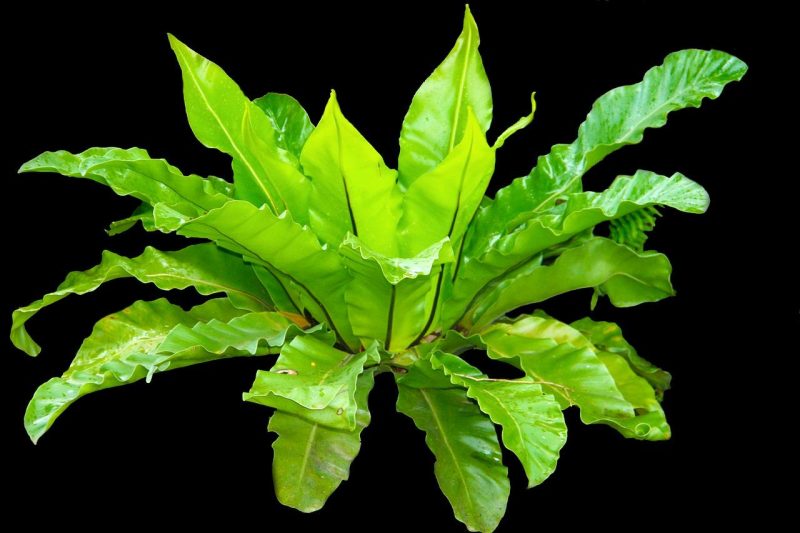
The Bird’s Nest Fern is a lush, ornamental favorite known for its rosette of wavy, bright green fronds that emerge from a central “nest.” This plant thrives in low to medium light, making it perfect for darker corners of your home where other plants might struggle. Its non-toxic nature ensures that your inquisitive pets can explore its interesting texture without any concerns.
Caring for a Bird’s Nest Fern is straightforward. It enjoys consistently moist soil, so regular watering is necessary, especially during dry seasons. However, avoiding waterlogged conditions is crucial; a well-draining potting mix helps prevent root rot. To maintain its lush appearance, provide the fern with higher humidity levels, which can be achieved through regular misting or by placing the pot on a pebble tray with water. Additionally, this fern is relatively low maintenance regarding pests and diseases, making it an ideal choice for those new to plant care. The Bird’s Nest Fern adds a touch of tropical flair to your living space while being a safe companion for your furry friends.
Friendship Plant (Pilea involucrata)
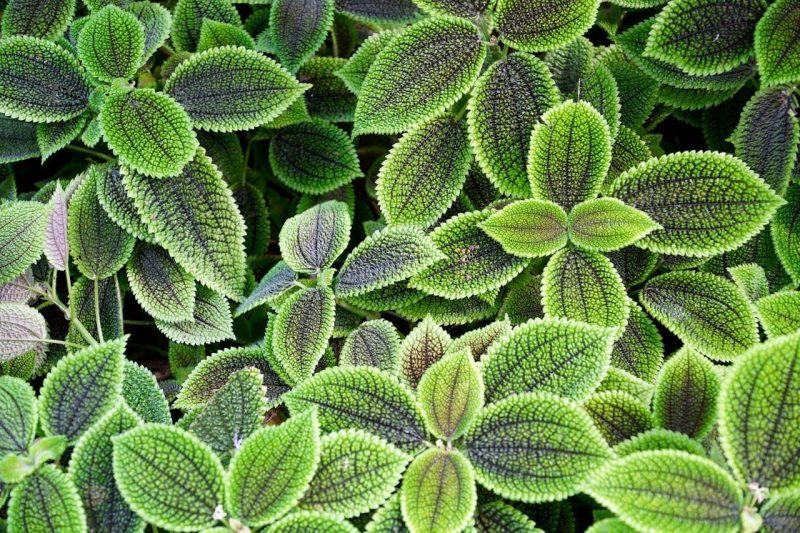
The Friendship Plant, known for its attractive quilted foliage and soft-hued leaves, brings a delightful charm to any indoor setting. The circular leaves are often adorned with striking patterns of dark green and silver, offering a decorative touch that complements various decor styles. One of the best features of the Friendship Plant is its non-toxic nature, making it a safe choice for households with pets.
This plant is highly social, meaning it thrives in the presence of other plants and prefers bright, indirect light to flourish. It enjoys evenly moist soil, and it’s a good idea to water it once the top layer of soil feels dry to the touch. The Friendship Plant also appreciates humidity, so consider grouping it with other plants or using a humidity tray to create a more favorable environment. Furthermore, this plant’s unique growth habit, producing offsets or “pups,” allows you to propagate and share your Friendship Plant with others—making it an excellent gift idea for fellow plant lovers. By adding a Friendship Plant to your collection, you’ll not only brighten your home but also enjoy the camaraderie of nurturing a plant that symbolizes connection and friendship.
Peperomia (Peperomia spp.)

Peperomia is a diverse genus that encompasses a wide variety of species, each offering unique leaf shapes, colors, and textures. From the strikingly variegated leaves of Peperomia obtusifolia to the intricate patterns of Peperomia caperata, these plants are compact, vibrant, and perfectly safe for pets. Their small size makes them excellent for tabletops, bookshelves, or windowsills, allowing you to introduce greenery without taking up too much space.
Caring for Peperomia is notably easy, as these plants are adapted to thrive in a variety of indoor conditions. They prefer bright, indirect light but can also tolerate some low light, making them versatile for different areas of your home. Watering should follow the rule of allowing the soil to dry out between waterings; overwatering can lead to root rot, so it’s better to err on the side of caution. Peperomia plants are also relatively drought-tolerant, making them perfect for those with busy lifestyles or who may forget to water regularly. Their friendly nature and low-maintenance requirements make them an appealing choice, as they add color and interest to your home while posing no risk to your four-legged companions.
Orchid (Orchidaceae)
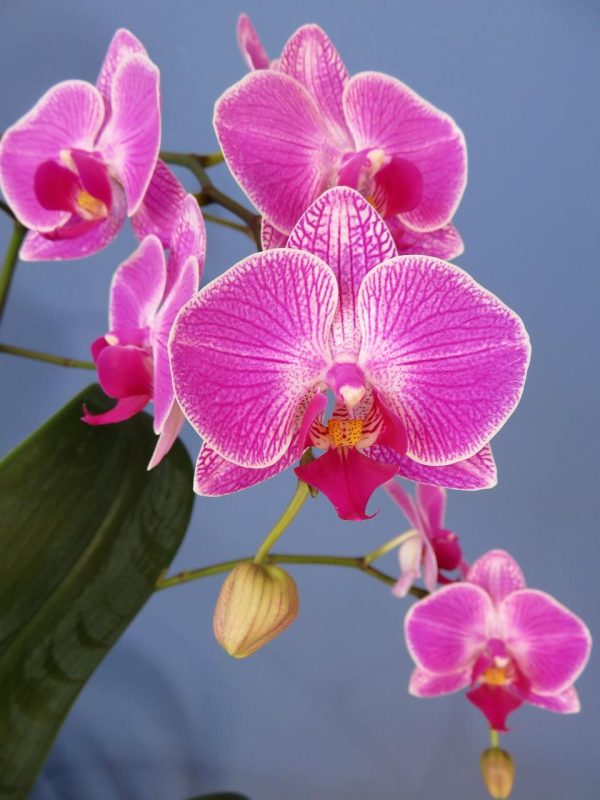
Orchids are renowned for their striking blooms and elaborate floral structures, making them a show-stopping addition to any indoor space. Available in countless species, colors, and patterns, these elegant plants effortlessly elevate decor while remaining safe for pets. Orchids, particularly varieties like the Phalaenopsis (moth orchid), are non-toxic and thus suitable companions for households with curious cats and dogs.
While caring for orchids may seem daunting, these beautiful plants can thrive with the right conditions. They prefer bright, indirect light and do best in well-ventilated spaces. It’s important to use a specialized orchid potting mix, which typically includes bark or sphagnum moss to allow for excellent drainage and air circulation around the roots. Watering should be done when the potting medium is nearly dry; they generally require less frequent watering during their dormant period in winter. With proper care, orchids can produce their spectacular flowers for months, making them a delight to both you and your furry friends. Including orchids in your pet-friendly indoor garden not only introduces exotic beauty but also promotes a vibrant, lively atmosphere.
Burros Tail (Sedum morganianum)

Burros Tail, also known as Sedum morganianum, is a succulent that captivates plant lovers with its cascading, trailing stems adorned with plump, blue-green leaves. This charming plant is incredibly safe for pets, allowing you to showcase its beauty without any worries about toxicity. Its unique appearance makes it a popular choice for hanging baskets or containers where its long tendrils can elegantly drape down.
Caring for Burros Tail is relatively straightforward, ideal for those who appreciate low-maintenance plants. These succulents thrive in bright light, although they can adapt to partial shade. Watering should follow a specific schedule; allow the soil to dry completely between waterings to prevent root rot, and then give the plant a thorough soaking. Because Burros Tail stores water in its leaves, it is highly drought-resistant and can survive periods of neglect, making it an ideal candidate for busy individuals or those who travel frequently. Their resilience and charming aesthetics contribute to a vibrant indoor garden while ensuring that your pets can explore freely without harm.
Mosaic Plant (Fittonia albivenis)
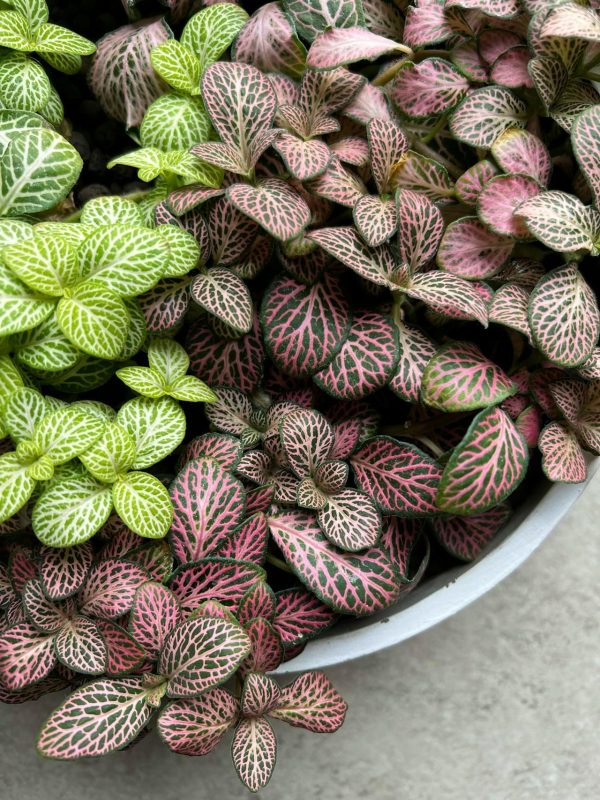
The Mosaic Plant, or Fittonia albivenis, is cherished for its strikingly patterned leaves that feature vibrant veins in shades of pink, white, or red against a rich green backdrop. This captivating plant adds a splash of color and texture, making it a favored choice for tabletop arrangements or terrariums. The Mosaic Plant is also non-toxic, making it a safe option for pet-friendly households.
Fittonia thrives in low to medium, indirect light, but its vibrant colors will be more pronounced in brighter environments. This plant enjoys humidity and requires consistently moist soil; therefore, it’s crucial to monitor soil moisture regularly and provide misting or additional humidity in drier climates. Fittonia can often struggle in overly dry conditions, leading to leaf curling or browning. Regularly checking the health of your Mosaic Plant not only ensures its vibrant survival but also adds a touch of greenery to your home that is safe for your pets to investigate. By incorporating the Mosaic Plant into your pet-friendly indoor garden, you enhance your space with eye-catching foliage while maintaining a safe environment for all.
Bromeliad (Bromeliaceae)
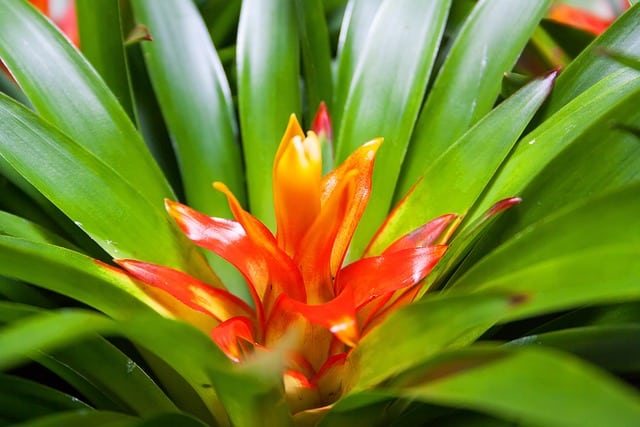
Bromeliads are celebrated for their stunning, tropical appearance, marked by vivid colors and striking rosettes. These plants produce a central flower spike surrounded by beautiful leaves, often displaying vibrant hues of red, pink, yellow, or orange. What makes Bromeliads even more appealing is their non-toxic status, meaning they are completely safe for both dogs and cats, making them an excellent choice for pet owners looking to enhance their home decor.
Caring for a Bromeliad is relatively uncomplicated. They thrive in bright, indirect light and appreciate humid environments, which mirror their natural tropical habitats. When watering, it’s important to fill the central “cup” of the plant with water while ensuring the soil remains well-drained. Bromeliads prefer to dry out slightly between waterings, so be mindful not to let them sit in standing water. With minimal care, these plants can bloom for several months, bringing a burst of color to your living space and a tropical vibe that your pets can safely enjoy. Adding a Bromeliad to your collection not only livens up your decor but also creates a welcoming environment for your furry friends.
Ponytail Palm (Beaucarnea recurvata)
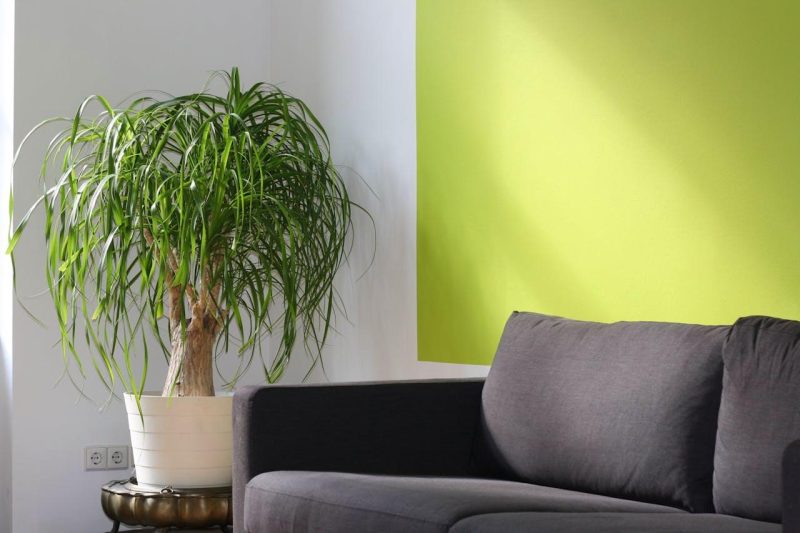
The Ponytail Palm, despite its name, is not a true palm but rather a member of the succulent family. Its distinctive appearance features a bulbous base that stores water, topped with long, arching green leaves that resemble a ponytail. This unique silhouette adds character to any room, and like many plants in our pet-friendly list, the Ponytail Palm is completely non-toxic to animals, ensuring peace of mind for pet owners.
In terms of care, the Ponytail Palm thrives in bright, indirect light, making it ideal for sunny indoor spaces. It is highly drought-tolerant due to its water-storing capabilities, allowing it to withstand periods of neglect. Watering should occur only when the top inch of soil feels dry, and it’s advisable to wait even longer between waterings during the winter months when the plant’s growth slows down. This low-maintenance plant is perfect for busy households, requiring minimal care while still offering a striking visual presence. Whether it’s brightening up a corner of your living room or adding a touch of flair to your office, the Ponytail Palm is an ideal companion for both plants and pets.
Purple Waffle Plant (Hemigraphis alternata)
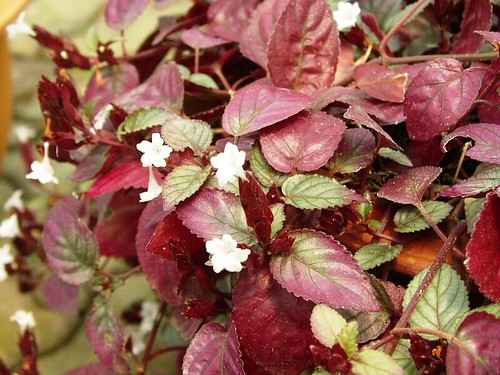
The Purple Waffle Plant is a stunning addition to any indoor plant collection, known for its textured leaves that display a stunning mix of green and purple hues. The intricate leaf patterns resemble a waffle, hence the name, and this beautiful plant can add depth and color to your interiors. Notably, the Purple Waffle Plant is non-toxic, making it a safe choice for homes with pets.
Care for this plant begins with choosing the right environment. The Purple Waffle Plant thrives in bright, indirect sunlight but can also tolerate low light, although its colors may be less vibrant in such conditions. Humidity is key for this plant; it prefers consistently moist soil but should be allowed to slightly dry out between waterings to prevent over-saturation. Regular misting can help maintain the humidity that the Purple Waffle Plant craves. Additionally, this plant can benefit from occasional pruning to encourage bushier growth and prevent it from becoming leggy. With its unique aesthetic and ease of care, the Purple Waffle Plant not only enhances your indoor garden but also serves as a pet-friendly option that allows your furry companions to frolic freely amidst the greenery.
Christmas Cactus (Schlumbergera)
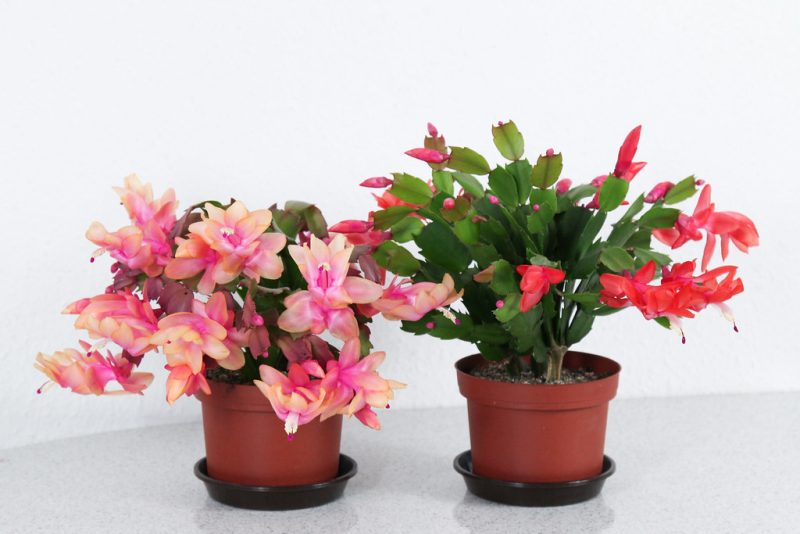
The Christmas Cactus is a delightful perennial that blooms bright, tubular flowers in shades of pink, red, or white during the holiday season, making it a festive favorite among plant enthusiasts. Unlike traditional cacti, which thrive in arid conditions, the Christmas Cactus prefers a more humid environment and is thus well-suited to indoor living. Importantly, this plant is non-toxic to pets, allowing you to celebrate the festive season without worrying about your curious cats or dogs.
To care for a Christmas Cactus, provide bright, indirect light, especially during its flowering period. Unlike many succulent varieties, this cactus enjoys regular moisture; water the plant when the top inch of soil feels dry. During the holiday bloom phase, maintaining slightly higher humidity can encourage the abundant flowering characteristic of this plant. While it tolerates lower light conditions, ensuring it receives adequate light will support vibrant blooms. Additionally, after flowering, consider placing your cactus in a cooler location for a few weeks to promote future blooms. By including a Christmas Cactus in your indoor garden, you are adding a vibrant pop of color and festivity all while ensuring a safe habitat for your pets.
Purple Passion Vine (Gynura aurantiaca)
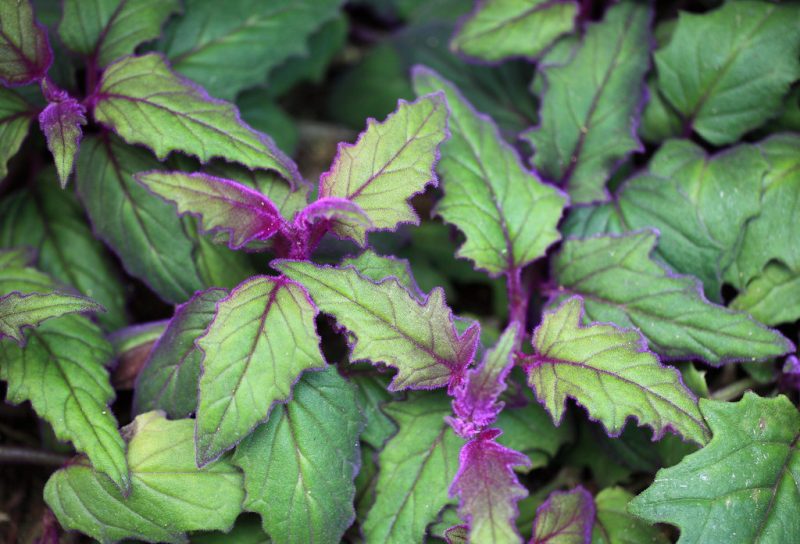
The Purple Passion Vine is a striking and unique houseplant that captivates with its fuzzy, vibrant purple leaves and trailing growth habit. This ornamental plant can add a tropical flair to your indoor space. Its non-toxic nature ensures you can enjoy its beauty without worrying about your pets, making it a wonderful choice for households with curious animals.
Caring for a Purple Passion Vine is straightforward. It thrives in moderate to bright indirect light but can adapt to lower light levels, though its vibrant purple color may become dull. Watering should be done when the soil’s top inch feels dry; overwatering can lead to root rot, so it’s essential to ensure well-draining soil. This adaptable plant can be used as a hanging plant to showcase its trailing vines, or you can provide support for it to climb. Regular pruning can help to maintain its shape and vigor while encouraging the growth of new leaves. With its striking coloration and minimal care requirements, the Purple Passion Vine not only enhances the visual appeal of your home but also contributes an element of safety for your pets.
Parlor Palm (Chamaedorea elegans)
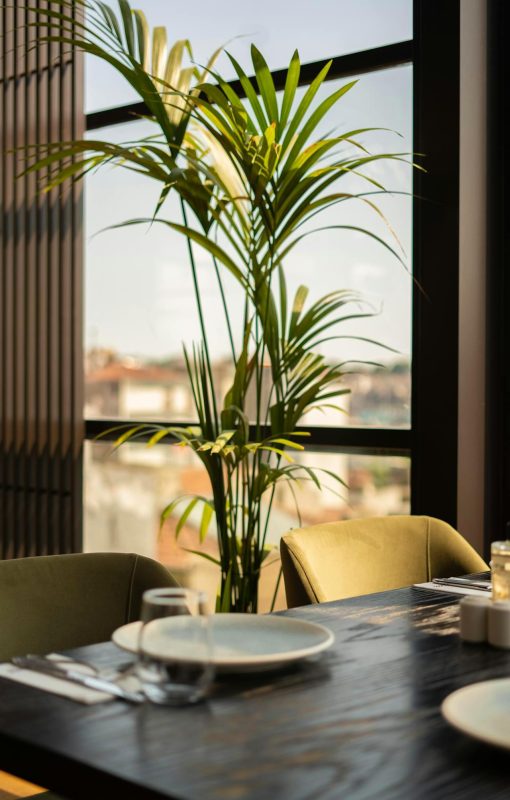
The Parlor Palm is a classic indoor plant that brings a touch of elegance and greenery to any space. With its graceful, arching fronds and ability to thrive in low light, the Parlor Palm has become a staple in indoor plant collections. Best of all, it is entirely pet-safe, allowing your feline and canine companions to roam freely near it.
One of the best features of the Parlor Palm is its adaptability. While it flourishes in bright, indirect light, it can comfortably handle lower light levels, making it suitable for darker corners of your home. It prefers to be kept evenly moist, so water it when the top layer of the soil starts to dry out, ensuring good drainage to prevent soggy roots. This palm can also tolerate higher humidity, so consider misting its fronds occasionally, especially in dry indoor environments. Given its slow growth, the Parlor Palm remains manageable in size, making it ideal for smaller spaces. It adds a lush tropical look to your decor and serves as a safe haven for pets.
Hoya (Hoya spp.)
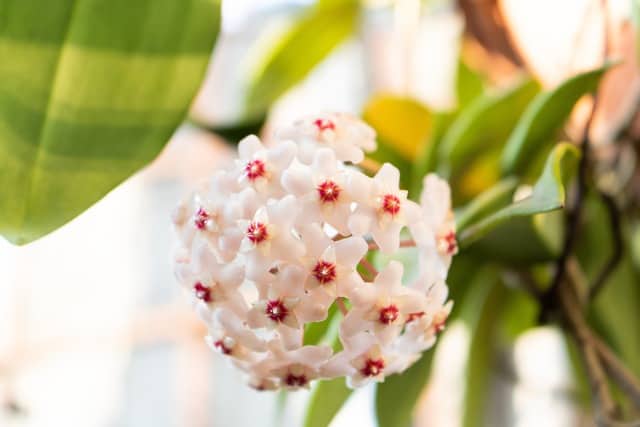
Hoya, commonly known as Wax Plant or Porcelain Flower, is a popular choice among plant lovers for its unique waxy leaves and star-shaped flowers. With various species and hybrids available, Hoyas can vary in foliage color and flower type, making them versatile additions to any home. Importantly, all species of Hoya are non-toxic to pets, which means you can enjoy their beauty without the risk of harm to your furry companions.
Caring for Hoya plants is relatively easy, making them ideal for both novice and experienced plant parents. They thrive in bright, indirect light but can tolerate low-light conditions, though they may not flower as prolifically. Hoyas prefer to dry out between waterings, so it’s best to allow the top few inches of soil to dry completely before giving them a thorough soak. They also benefit from occasional pruning, which helps promote bushier growth and may encourage more blooms. With their fragrant flowers and unique foliage, Hoyas can add a tropical ambiance to your space while keeping your pets safe.
Staghorn Fern (Platycerium bifurcatum)
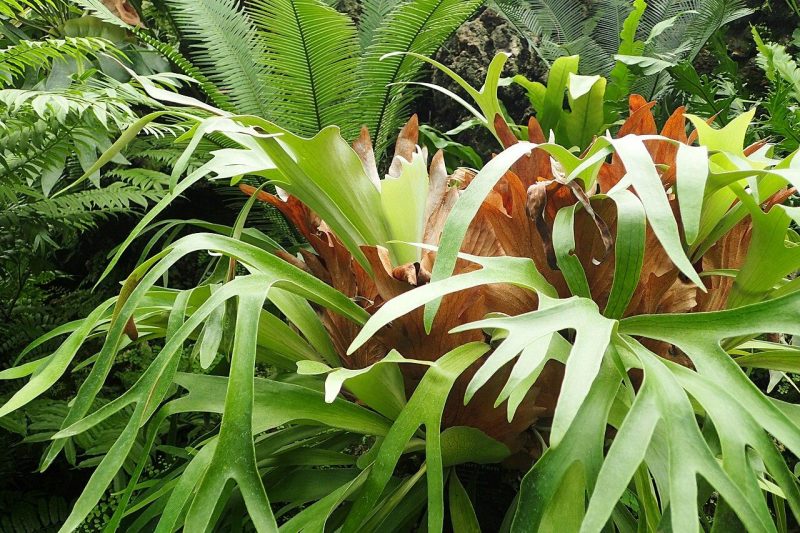
The Staghorn Fern is a unique epiphytic plant that captivates with its striking, antler-like fronds. This plant is not only visually fascinating but also completely safe for pets, making it a fantastic addition to a household with animals. Staghorn Ferns are typically mounted on wood or displayed in hanging baskets, providing a stunning presentation that can be a conversation starter in any room.
Caring for a Staghorn Fern requires understanding its natural habitat. These ferns thrive in bright, indirect light, mimicking the dappled sunlight they would receive in the wild. They prefer to be misted regularly, as this mimics the moisture of their rainforest environment. It’s essential to allow them to dry between waterings to prevent root rot. In terms of fertilization, use a diluted fertilizer formulated for orchids or bromeliads during the growing season to promote healthy growth. Their unique growth habit and stunning appearance make Staghorn Ferns a wonderful choice for adding a touch of nature to your home, all while ensuring your pets can explore comfortably without risk.
Money Tree (Pachira aquatica)
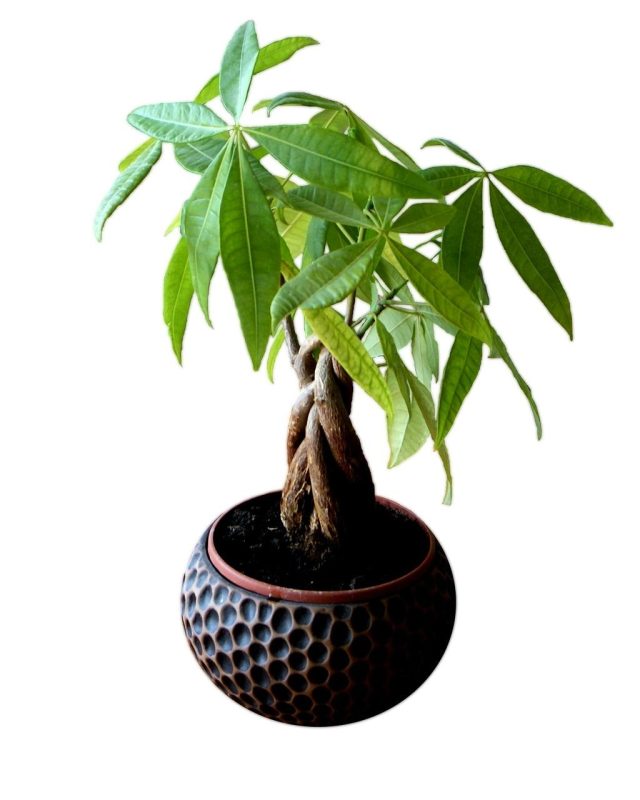
The Money Tree, or Pachira aquatica, is a beloved houseplant often associated with good luck and prosperity. This fascinating plant typically features a braided trunk and glossy, palmate leaves, adding a lush and cheerful vibe to any indoor space. Moreover, the Money Tree is non-toxic for pets, making it a guilt-free choice for plant enthusiasts who share their homes with animals.
Caring for a Money Tree is relatively straightforward, as this plant is adaptable and forgiving. It thrives in bright, indirect light but can also tolerate lower-light situations. Watering should be done when the top few inches of soil feel dry, and it’s crucial to avoid overwatering, which can lead to root rot. Money Trees appreciate humidity, so if your home is particularly dry, consider misting the leaves or using a pebble tray to maintain moisture. Furthermore, this plant can grow impressively tall, making it a stunning focal point in your living space. By choosing a Money Tree as part of your indoor garden, you add a symbolic charm and a safe environment for your pets to enjoy.



